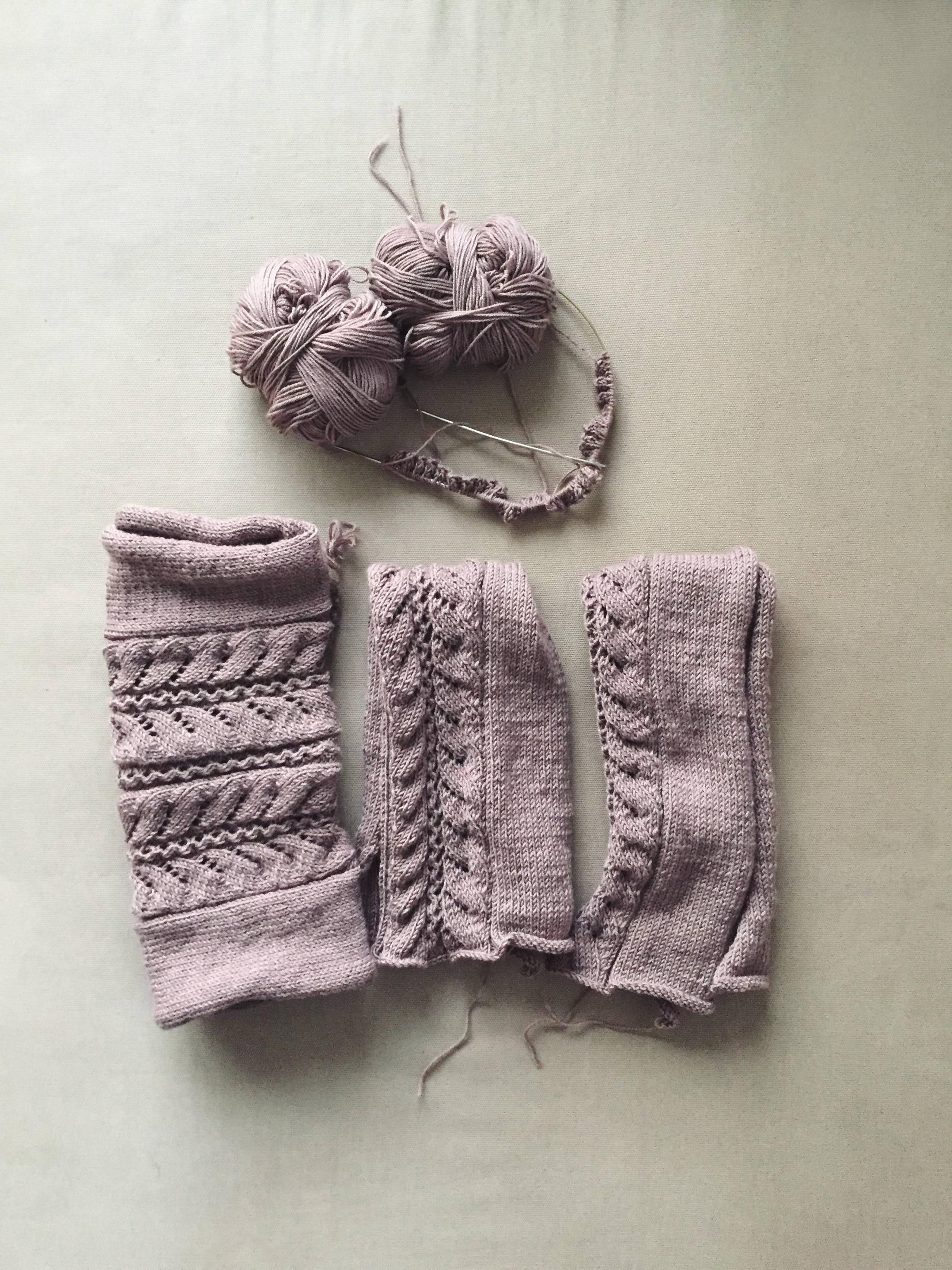
KFB (Knitter’s Front Loop) is the best method to create double stitches. You can also refresh your skills before you begin to work on your next project. Although it is a clever way of creating three stitches from one, it can be difficult to master. It takes some needle acrobatics to master it. You'll need to do it several times before you feel comfortable with it. These are some tips to get you started.
First, you'll want to use a circular needle. This will allow you to fit multiple stitches on the needle. Also, you won't have to join the yarn. If you don’t feel the need to join, you can slip the first stitch on the right needle and continue knitting the remainder of the row. This is a handy trick to have around if your knitting skills are tight. You can keep 2 stitches between your knitting stitches while you slip the stitch.
Next, you will need to figure out how to get the best use of the foundation stitches. The foundation stitch's front has a mixture of blue and green colors. It is important to understand that the foundation stitch has two parts. There is a twist at the top and an untwisted portion at bottom. You can slip the first stitch in a purlwise fashion while knitting the rest. It may sound difficult but it is really not.

Next, you need to figure out how to increase the M1 (horizontal bars). This is a clever way to add one stitch to a row, but you'll need to be careful about slipping it off your needle. It's not a huge trick, but it makes all the difference.
You'll then need to find a clever solution to making the M2 and M1 increases. This trick is different to the previous. You will be knitting two stitches using the same foundation stitch. It's not as impressive as the M1 increase, but it's a good way to get your feet wet.
The KFB (Knitter’s front loop), is the most exciting of all stitches. This trick is most useful when you are trying to make a double, but it can also work for an M1 rise. Although it takes some skill to master, it is possible to have fun knitting.
This technique does not require any complicated rows or yarnovers. This method is also easy on the wallet. For this technique, you only need to purchase a couple of balls yarn. If you do it the traditional way, you'll end up spending a lot more.

It's important to not let the knit stitch slide off the needle. But the KFB is an innovative way to create a beautiful stitch that's just as useful as it looks.
FAQ
What are good hobbies for seniors?
Senior citizens should find activities they love to do. Active seniors should take up sports and other physical activities.
They may be interested in joining clubs to find people with similar interests. They'll be less lonely as they get older.
Senior citizens need to be aware of the latest trends. You could, for example, follow the latest trends in fashion, literature, and music.
What are educational hobbies, you ask?
An educational hobby involves a sport or other activity where you can learn something from doing it. This could be anything you want, such as playing sports or learning how to play an instruments.
You should have fun with it. It doesn't have to be done all the time. However, if you get bored of it, you should think about other things you can do instead.
These activities can also be costly so make sure you don't spend too much.
Why do we need hobbies
Hobbies are an integral part of our daily lives. They allow us to relax, unwind and think creatively. We also have the chance to learn new skills and pursue lifelong passions.
Hobbies can help us find meaning and purpose.
These can often be a great way to get some extra time while you have nothing else.
They are also very entertaining!
You probably don’t have enough time to pursue hobbies.
Look at all the options. If you don't have a hobby yet, then maybe you should start one today!
What are observation hobbies?
Observation hobbies can be activities that you watch people do. It could be reading, watching sports or going on holiday. It could also involve observing others.
Because they teach you how to think creatively, observation hobbies are great. This knowledge can be used later to help you with projects that you are working on for others or yourself.
You'll discover that it's easier to learn if there's a passion for something.
For example, if you want to know more about football, you may watch a game or read a book about it. Exhibitions are a great way to learn about photography.
If you love to play music, there are two options: either buy a new guitar online or follow along with the songs.
You can cook your own meals, or you could go to a restaurant.
If gardening is your passion, you can grow vegetables and flowers.
If dancing is something you enjoy, join a dance class.
You can paint pictures if your passion is painting.
You could also write poems or stories if you enjoy writing.
Drawing pictures is a great hobby.
If you love animals, you could look after pets or work at a zoo.
If science interests you, you can study biology, chemistry or physics.
You can read books, listen to podcasts, or watch films if history interests you.
You can travel abroad or explore your home area if you love to travel.
How do I get started?
You must decide what hobby you want before you start any new hobby.
After you've decided on your subject, it is important to feel passionate about it.
It's important to understand why you want to start a particular hobby. This will help you find direction and a purpose.
Once you decide what kind of hobby you want, you can start planning.
Consider the equipment that you will need.
You should consider whether or not you will need to take classes or attend seminars.
Ensure that you have enough space for your hobby.
You might also consider joining a club. These groups often offer advice and support.
The last thing you should do is think about how much money it would cost to pursue your hobby.
Can I make money from my hobby?
You can have many hobbies that lead to extra income.
If your hobby is a passion, you may be able to sell related items.
For example, if you collect stamps, you may want to set up a website selling rare stamps.
This allows you to make additional income, without having the hassle of actually purchasing and selling stamps.
Another option is to start a YouTube channel in which you discuss your hobby.
This allows you to share what is important to you with others, and possibly generate additional revenue through premium content.
Is it possible for a hobby to make you rich?
Not necessarily.
However, it is possible to become wealthy by starting a business around your hobby.
Let's suppose you enjoy cooking. You enjoy healthy food so you opened a restaurant.
You only serve organic, homemade meals and you charge a small amount to customers to cover labor costs.
Over time, you grow your clientele and eventually hire employees who work alongside you.
You may eventually add vegan dishes and gluten-free options to your menu.
In this situation, you have a successful business which has allowed you the freedom to lead the lifestyle that you want.
But, it doesn't mean your day job must be abandoned.
Instead, you could run your restaurant while still working your regular 9-5 job.
Statistics
- 37% Video Games 36% Travel 36% Health and Fitness (quizexpo.com)
- In comparison, men in the “no humor” condition were refused 84.6% of the time and were only accepted 15.4% of the time. (time.com)
- A new survey by Pew Research Center of teens ages 13 to 17 finds that 36% of girls feel tense or nervous about their day every day; 23% of boys say the same. (pewresearch.org)
- Almost 80% of people claim to have no hobby. (hobbylark.com)
- Much of this decline reflects the fact that teens are less likely to work today than in the past; among employed teens, the amount of time spent working is not much different now than it was around 2005. (pewresearch.org)
External Links
How To
How to begin gardening
Gardening has been around since the dawn of agriculture. It requires patience, persistence and determination. First, choose a place where you would like to grow food. You can choose to have a large area or a small one in your backyard. Next, choose what kind of plants you would like to grow. Do you prefer flowers over vegetables? Some people enjoy growing herbs and others prefer raising livestock like rabbits. Before you decide which crops you will plant, consider the amount of space you have. You might consider growing berries or fruits if you live in a cold climate.
Once you have made your choice, it is time to prepare the soil. The soil is crucial in determining whether your plants thrive or not. Organic matter is essential for the health and well-being of your plants. Organic matter includes leaves, twigs (grass clippings), manure, compost, and manure. Once you have prepared your soil, you need to add nutrients. Depending on the type of plants you plan to grow, you may need different amounts of nitrogen, phosphorus, potassium, calcium, magnesium, boron, zinc, copper, manganese, iron, molybdenum, chlorine, sulfur, sodium, and so on. A fertilizer calculator online can help you determine these values. Many fertilizers are on offer, so make sure that you know which one you are buying.
Now, wait for your seeds to germinate after you have prepared your soil and added the necessary nutrients. The process typically takes 2 to 3 weeks depending on the weather conditions and temperature in your area. After your seeds sprout, it is important to water them frequently. Problems can arise if you water your plants too frequently or too little. Ensure you give your plants enough water at regular intervals and avoid overwatering. Overwatering can lead to root rot and fungal diseases. Keep in mind that plants are more thirsty during summer than winter. Keep in mind that certain plants may need to be dried after being watered. For tomatoes, it is important to keep them moist but dry. They won't tolerate soggy soil. After they have finished flowering, they must go dormant. The time when plants stop producing new life and store energy for the next season is called dormancy. The plant ceases sending signals to its roots to produce food during dormancy. Throughout this time, plants can store energy. However, if the temperatures drop below freezing and there isn't enough sunlight, the plant will go to sleep.
Urban areas can limit your choices for plants. Concrete sidewalks, roads and buildings are common in urban areas. They block sunlight from reaching the ground. Concrete absorbs sunlight, which prevents the soil beneath from getting enough sun exposure. Many plants can't thrive in urban environments because they lack sunlight. Fortunately, there are still many plants that can thrive in an urban environment. Many trees, shrubs, and perennials can adapt to city living. Many annuals can also be grown indoors in container gardens. You can bring greenery inside your home all year round, regardless of the weather.
Now you're ready to plant.